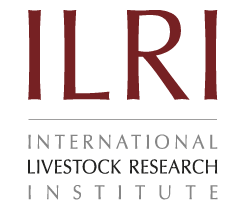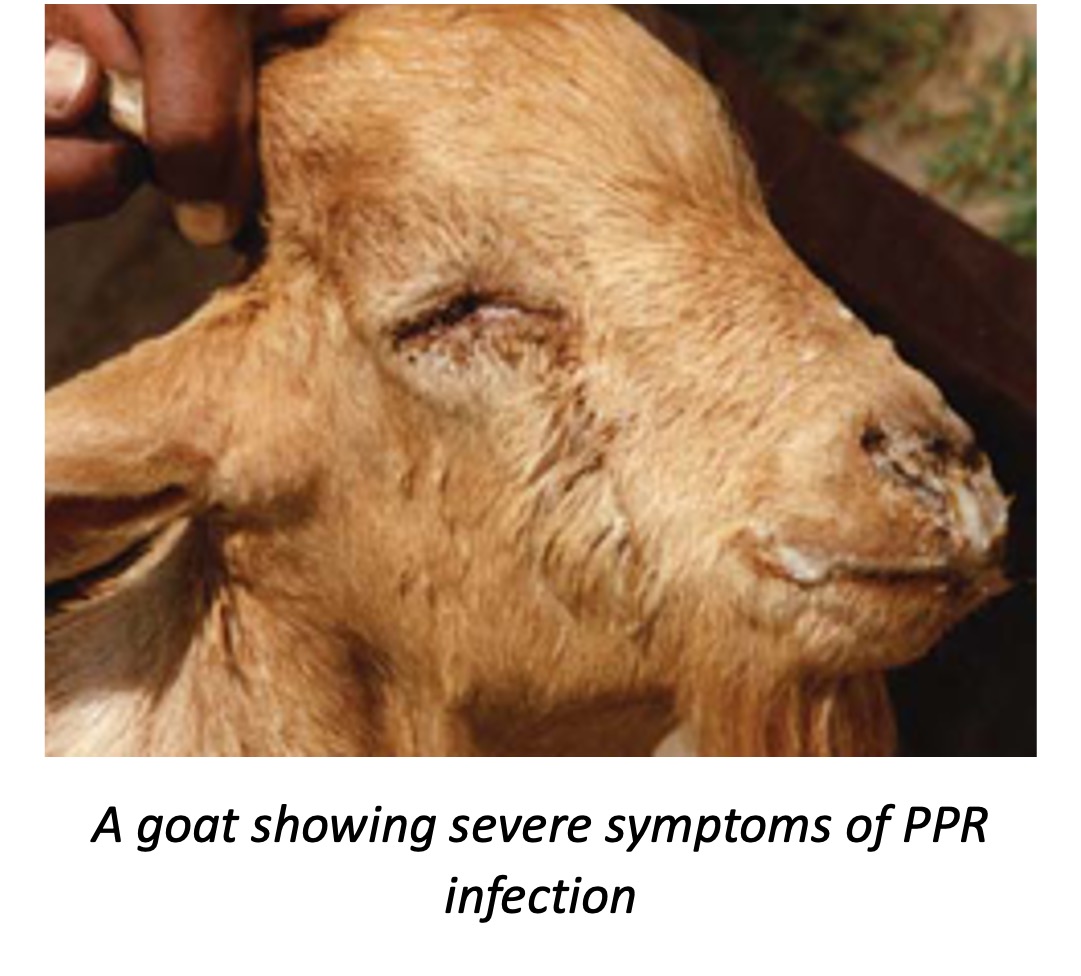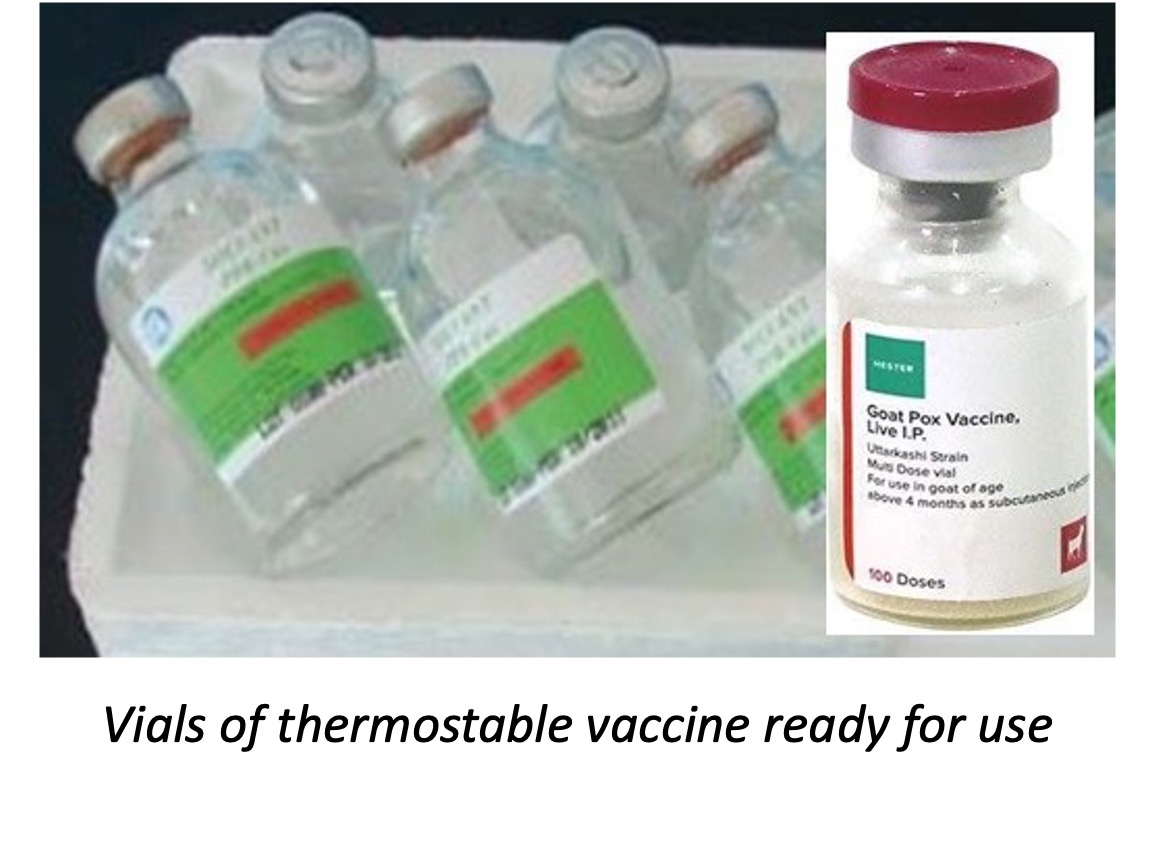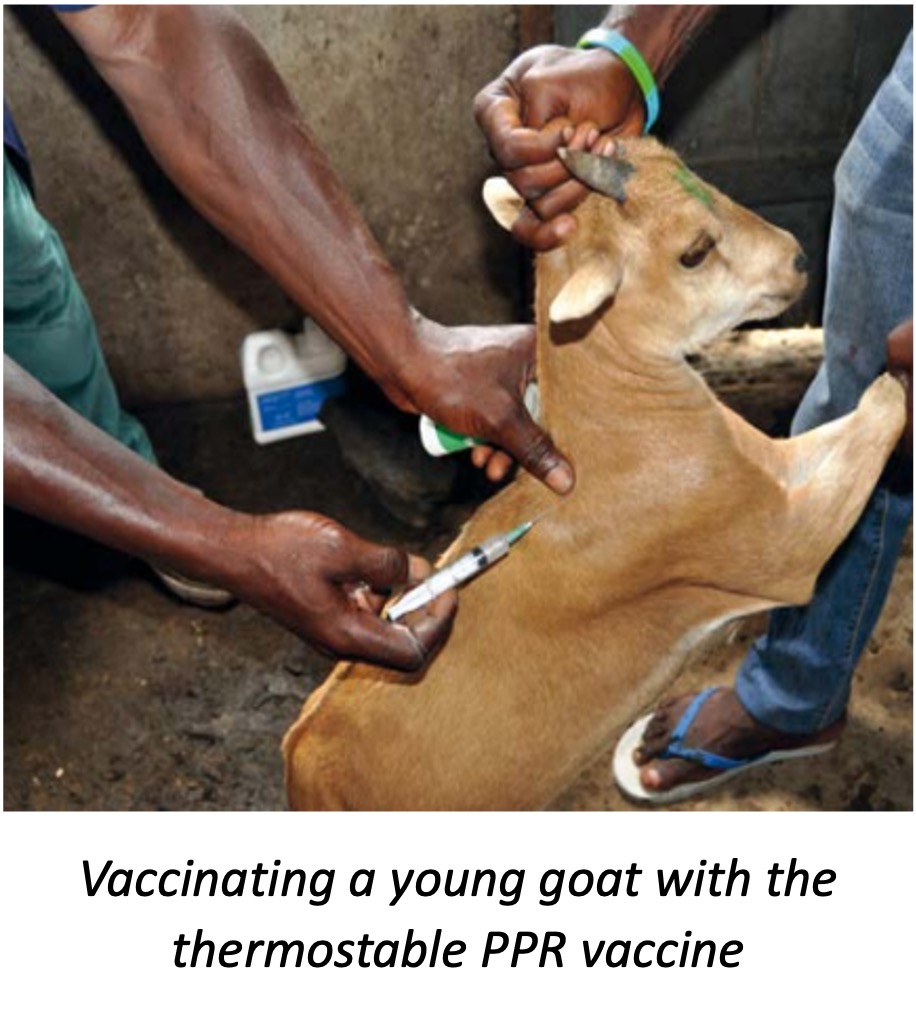Disease Eradication through Thermostable PPR Vaccines
Summary
“Peste des Petites Ruminants” (PPR) is a serious disease of goats and sheep across Africa. Also known as “sheep and goat plague”, this is a fast-spreading viral disease with high mortality rates, especially among younger animals. Its symptoms are rapidly elevated body temperature, with affected animals displaying discharges from the eyes and nose, sores in the mouth, troubled breathing, coughing, foul-smelling diarrhea, and death. PPR is spread by airborne droplets from infected animals with the virus targeting lymph tissue. Incubation periods range between three to ten days. There is no cure for PPR, but mortality rates are reduced with antibiotics that prevent secondary pulmonary infections. The best control measure is achieved through vaccination, particularly when delivered through sub cutaneous injection at the age of 4 months and is effective for about four years. It is also important that producers be aware of this disease and isolate any infected animals at an early stage of development. Economic losses from PPR across Africa and Asia are estimated to be US $2.1 billion per year.
About the Solution
A homologous live attenuated vaccine protects small ruminants against PPR. Vaccination offers lifetime immunity for animals other than breeding bucks and rams. In the past, the main constraint limiting the widespread use of this vaccine within eradication programs was the requirement for cold storage maintain the stability of the vaccine. More recently, the development of thermostable PPR vaccine overcomes this challenge. Two such vaccines are available; the ILRI thermotolerant PPR vaccine produced by the Thermovac process, and Xerovac, an older vaccine. Both vaccines are proven effective in several countries and demonstrated stability at ambient temperatures up to seven days for Thermovac to two weeks for Xerovac, withstanding temperature spikes of 40°C. Both vaccines are central to eradication efforts mobilized by the World Organization for Animal Health and the Food and Agriculture Organization of the United Nations. The standards of the Pan African Veterinary Vaccine Centre of the African Union recommend thermostability of 25°C for 10 days or 40°C for 2 days. The advantages of a thermostable vaccine include reduced storage costs, improved vaccine effectiveness and increased coverage of more animals in less time. Improved awareness and proper early response are also important elements of eradication campaigns.
Massive vaccination campaigns are underway. During 2019 and 2020, FAO assisted in the administration of 50 million doses in several countries including Central Africa Republic, Eritrea, Guinea, Kenya, Liberia, Sierra Leone, South Sudan, Tanzania, and Yemen. The World Organization for Animal Health OIE also delivered 19 million doses of the vaccine to Burkina Faso, Mauritania, Togo. The TAAT Livestock Compact worked with NARS partners to administer 37,000 doses of the PPR vaccine to small ruminants in Mali and Ethiopia.
The Xerovac thermostable vaccines are produced using the live attenuated Nigeria 75/1 vaccine strain. The process involves stabilizing agent and lyophilization but is not described in detail here.
PPR is a notifiable disease, meaning that outbreaks must be reported to national veterinary authorities. Disease surveillance is an essential component of control efforts that considers animal movement, quarantine of affected farms, and identification of high-risk areas with inappropriate biosecurity measures that threaten infection and spread.
Commercialization
Commercially available
Solution Images
Institutions




